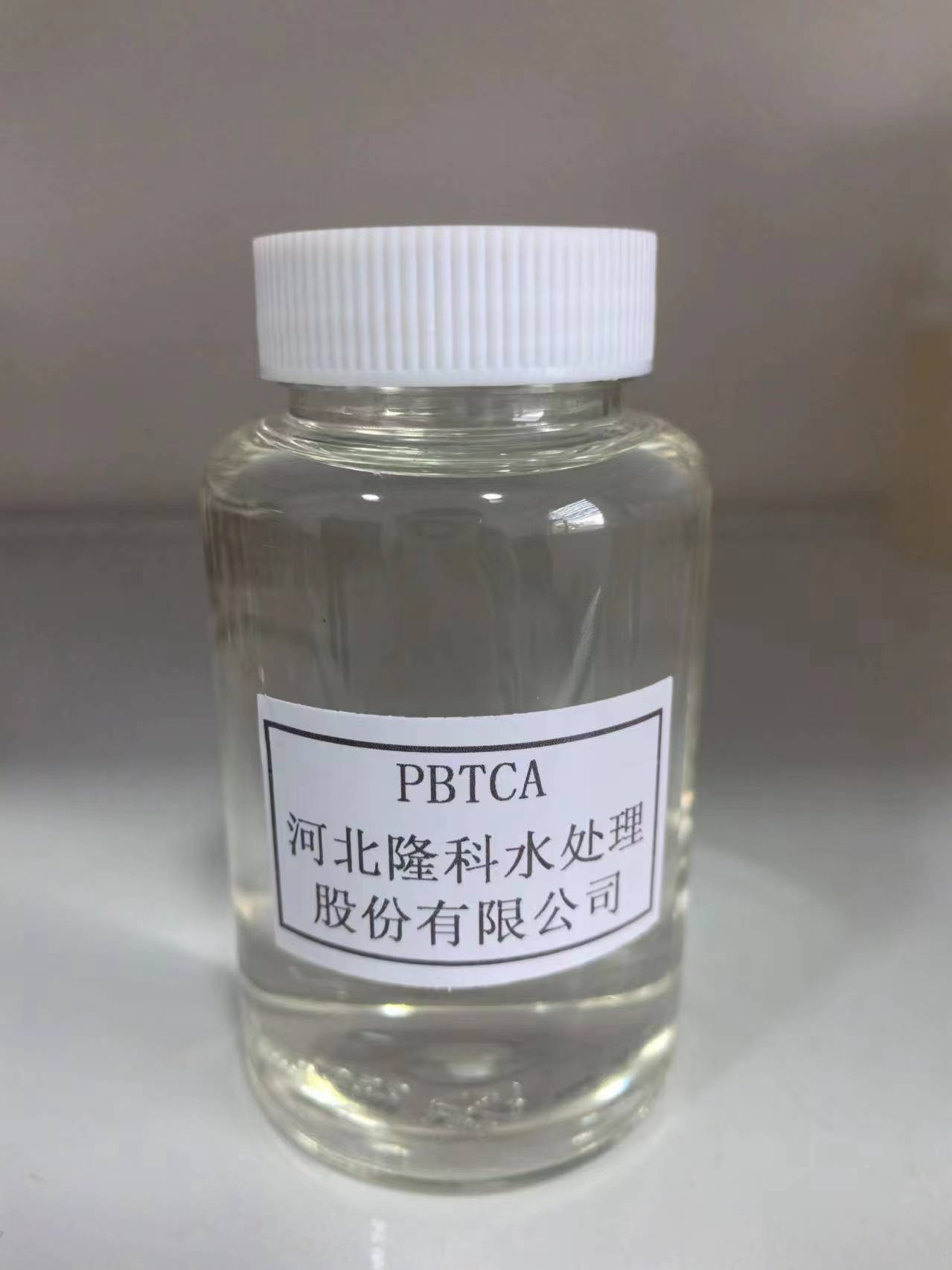isothiazolinones
Understanding Isothiazolinones Applications, Benefits, and Safety Concerns
Isothiazolinones are a class of organic compounds that have gained immense popularity in various industries due to their effective biocidal properties. Primarily used as preservatives, these chemicals are found in a wide range of products, including cosmetics, household cleaners, paints, and industrial materials. The efficacy of isothiazolinones as antimicrobial agents makes them ideal for preventing microbial growth and ensuring the longevity of countless formulations.
One of the most common isothiazolinones is methylisothiazolinone (MIT), often used in combination with its counterpart, chloromethylisothiazolinone (CMIT)
. Together, they form a potent preservative system that boasts broad-spectrum activity against bacteria and fungi. This makes them particularly valuable in personal care products such as shampoos, lotions, and other cosmetic items, where prolonged shelf life and safety from microbial contamination are paramount.The benefits of isothiazolinones go beyond mere preservation. In industrial applications, these compounds play a crucial role in protecting materials from degradation and corrosion. By preventing the growth of unwanted organisms, isothiazolinones enhance the performance and durability of various products, ranging from paints and coatings to adhesives and paper products.
isothiazolinones

However, the use of isothiazolinones has not been without controversy. Over the years, reports of allergic reactions and sensitization have raised concerns among consumers and regulators alike. Some individuals may develop skin irritation or allergic dermatitis upon exposure to products containing these preservatives. This has led to increased scrutiny and the implementation of safety regulations regarding their concentration levels in consumer goods.
In response to these concerns, many manufacturers are reformulating their products and seeking alternative preservatives. The push for natural and less allergenic ingredients has opened the door for new solutions, prompting research into safer alternatives that can provide similar efficacy without the associated risks.
Ultimately, while isothiazolinones serve an essential role in modern product formulations, it is vital for manufacturers and consumers to remain informed about their safety and potential risks. Ongoing research and regulatory evaluations will help ensure that these compounds can be utilized effectively while prioritizing public health and safety. As the conversation around chemical safety continues to evolve, the balance between efficacy and safety will be critical in shaping the future of isothiazolinones in consumer products.
-
Pbtc Scale InhibitorPBTC: A Scale Protector for Industrial Water TreatmentNewsAug.05,2025
-
Organic Phosphonate: An Efficient Defender in the Field of Scale InhibitionNewsAug.05,2025
-
Hydrolyzed Polymaleic Anhydride: Green Pioneer in Scale Inhibition FieldNewsAug.05,2025
-
PAPEMP Polyamino Polyether Methylene Phosphonic Acid For SaleNewsAug.05,2025
-
Flocculant Water Treatment: A Pioneer in Purification in the Field of Water TreatmentNewsAug.05,2025
-
Benzyl Isothiazolinone: An Efficient and Broad-Spectrum Antibacterial Protective GuardNewsAug.05,2025





